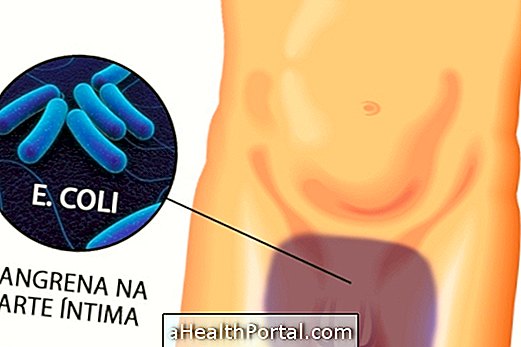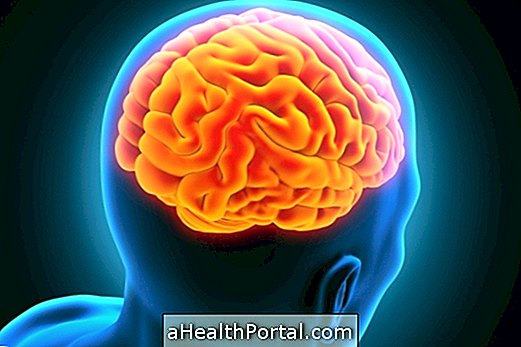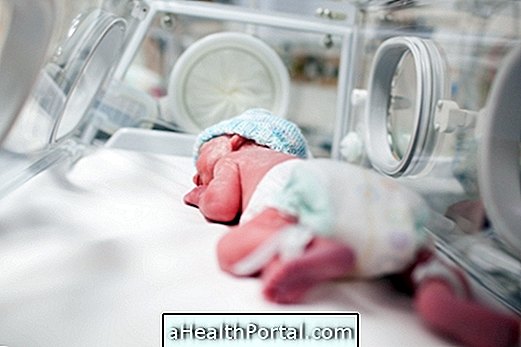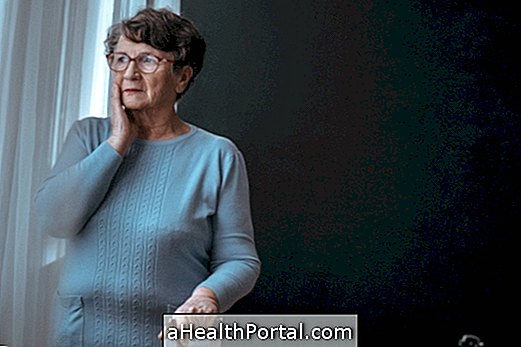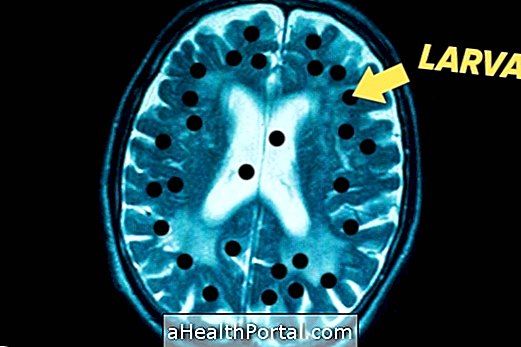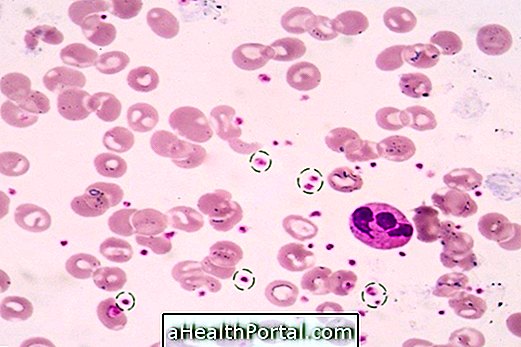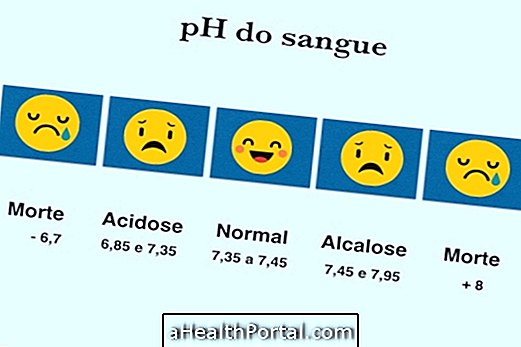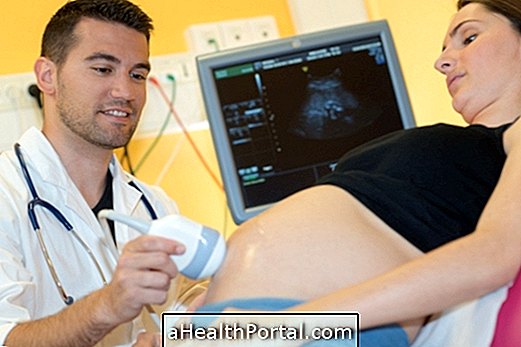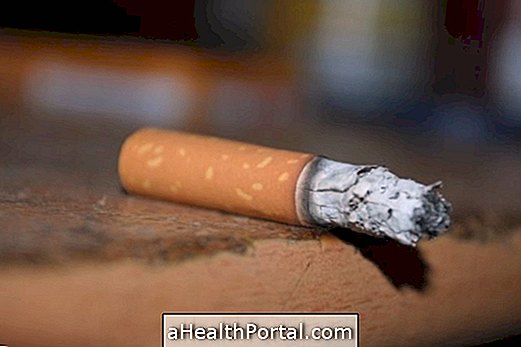Incarceration Syndrome, or Locked-In Syndrome, is a rare neurological disease, in which paralysis occurs of all muscles of the body, except for the muscles that control the movement of the eyes or the eyelids.
In this disease, the patient is 'trapped' within his own body, unable to move or communicate, but remains conscious, perceiving everything that happens around him and his memory remains intact. This syndrome has no cure, but there are procedures that can help improve the quality of life of the person, such as a helmet that can identify what the person is needing, so that it can be attended to.
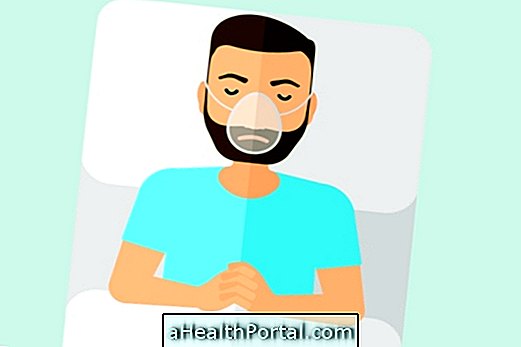
How to know if this syndrome
The symptoms of the Incarceration Syndrome can be:
- Paralysis of the muscles of the body;
- Inability to speak and chew;
- Stiff and stretched arms and legs.
Generally, patients can only move their eyes up and down, because even the lateral movements of the eyes are compromised. The person also feels pain, but can not communicate and therefore can not draw any movement, as if he had not felt any pain.
The diagnosis is made based on the signs and symptoms presented and can be confirmed with exams such as MRI or CT scan for example.
What causes this syndrome
The causes of the Incarceration Syndrome can be traumatic brain injuries following a stroke, drug side effects, amyotrophic lateral sclerosis, cranial trauma, meningitis, cerebral hemorrhage or snakebite. In this syndrome, the information the brain sends to the body is not fully captured by the muscle fibers and so the body does not respond to orders sent by the brain.
How is the treatment done?
The treatment of the Incarceration Syndrome does not cure the disease, but it helps to improve the quality of life of the person. Nowadays, to facilitate communication are used technologies that can translate through signals, such as blinking, which the person is thinking in words, allowing the other person to understand. Another possibility is to use a kind of cap with electrodes on the head that interprets what the person is thinking so that it can be attended to.
A small device may also be used which has electrodes attached to the skin which are capable of promoting a muscle contraction to reduce its stiffness, but the person is hardly able to recover movement and most of it dies in the first year after the onset of the disease . The most common cause of death is due to the accumulation of secretions in the airways, which happens naturally when the person does not move.
Thus, in order to improve the quality of life and to avoid this accumulation of secretions, it is indicated that the person does physiotherapies and respiratory therapy at least 2 times a day. An oxygen mask can be used to facilitate breathing and feeding should be done by catheter, and diapers must be used to contain urine and feces.
The care should be the same as for an unconscious bedridden person and if the family does not provide this kind of care the person may die due to infections or accumulation of secretions in the lungs, which can cause pneumonia.
